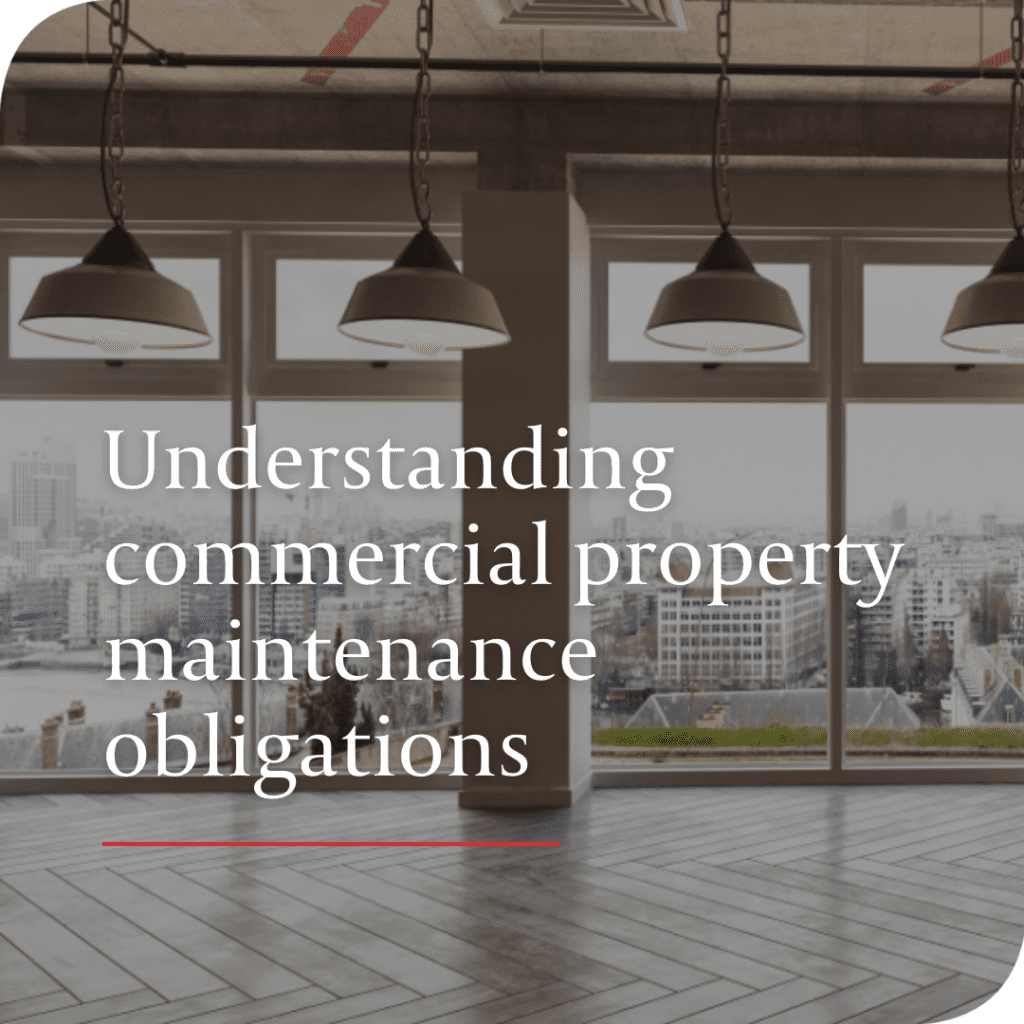
The way we work is changing, and traditional office leases are giving way to more adaptable and scalable solutions. From freelancers to FTSE 100 firms, businesses are embracing co-working spaces, serviced offices, and short-term lease arrangements. But does this mark a temporary trend, or are we witnessing a long-term shift in the commercial property landscape?
At Jacobs Steel, we’ve been watching this evolution closely and here’s what landlords and investors need to know.
What is a flexible workspace?

Flexible workspaces offer businesses the ability to rent offices or desks on short-term contracts, often fully furnished and ready to go. They can range from hot-desking in shared environments to private, fully managed suites.
Operators like Regus have led the charge, but we’re also seeing a rise in boutique providers and landlords carving out space in their own portfolios to meet demand.
Why the demand is growing
- Hybrid working is here to stay
Post-pandemic, many companies have shifted to hybrid or fully remote models. As a result, businesses are downsizing their office footprint or looking for flexible arrangements that suit a more fluid workforce. - Cost control
With shorter leases and fewer upfront costs, flexible spaces allow businesses – especially start-ups and SMEs – to remain agile and avoid long-term commitments. - Amenities and community
Modern tenants aren’t just looking for four walls and a roof. They want collaboration zones, high-speed internet, coffee on tap, and networking opportunities. Flexible spaces often come with all this included.
What it means for landlords
This isn’t just a tenant trend – it’s a commercial opportunity. Landlords who adapt parts of their buildings to meet flexible workspace demand can tap into a growing market, increase occupancy rates, and even command a rental premium per square foot.
However, it’s not without risk. Operators have come and gone, and running a flexible workspace comes with higher management costs. For landlords not wanting to go it alone, partnering with established operators or using management agreements can offer a route into the market without taking on operational risk.
Location still matters

While flexible workspaces are in demand, location remains king. Proximity to transport links, strong digital infrastructure, and access to local amenities all play a role in tenant decision-making. In Sussex and across the south coast, towns with good rail links to London like Worthing, Hove, and Brighton are becoming increasingly popular with remote-first businesses looking for flexible satellite offices.
The future: blending flexibility with stability
We don’t believe flexible workspaces will replace traditional leases entirely, but they’ll increasingly coexist. Larger businesses may opt for a mix of long-term HQs and satellite flex spaces. Smaller businesses may never go back to traditional leases.
For landlords and investors, the key is adaptability. Understanding what today’s occupiers want – and being able to offer it – will set you apart.
Thinking of adapting your commercial property?
At Jacobs Steel, we can help you assess your asset’s potential, advise on tenant demand in your area, and explore ways to diversify your income. Whether you’re looking to reposition an office building or repurpose underused space, get in touch with our commercial team today.
Other articles you might enjoy


